(ECNS) -- Chinese scientists have developed "lunar soil bricks" using simulating lunar soil, aimed at constructing a future lunar base. Brick samples will soon be sent to the China Space Station aboard the Tianzhou-8 cargo spacecraft.
Upon completing the space experiments, the first "lunar soil brick" is expected to return to Earth by the end of 2025, according to CCTV.
Key properties to be tested
The space mission aims to evaluate the mechanical and thermal properties of the bricks, as well as their resistance to cosmic radiation.
Designed with a mortise-and-tenon structure, the bricks have a similar density to regular bricks, but they boast a compressive strength over three times greater than that of ordinary red and concrete bricks. Each square centimeter is therefore able to support over a ton of weight, according to Zhou Cheng, a professor at the National Center of Technology Innovation for Digital Construction and Huazhong University of Science and Technology.
Professor Zhou outlined that the "lunar soil bricks" are produced using a vacuum hot-press sintering method, which consists of three main steps. The first step involves weighing the simulated lunar soil and placing it into a mold according to its weight. Given that lunar soil is quite loose, it must be compressed within the mold container.
After compression, the mold is transferred to a vacuum hot-press furnace, where it is insulated and heated for sintering. The final step involves firing the compressed soil at high temperatures, forming the bricks.
In-situ manufacturing for lunar base construction
The "lunar soil bricks" are made entirely using an in-situ forming process, meaning no additional materials are involved. This innovative approach means that future lunar research stations could source materials directly from the lunar surface, utilizing lunar soil, solar energy, and minerals as in-situ resources for construction. By doing so, this method eliminates the need to transport prefabricated building components from Earth, meaning there is great promise for lunar base construction in the future.
Zhou noted that the sintered lunar soil samples are divided into three sample plates. "We have designed a total exposure time of three years. Each year, one sample plate will be returned to Earth after being exposed on the space station, where further experiments will be conducted."
To maximize the valuable opportunity for testing in space, the research team has created these bricks in two forms -- column-shaped and sheet-shaped. The sheet-shaped "lunar soil bricks," which have a larger exposed surface area, will be used for testing thermal and radiation effects.
Additionally, these bricks are produced with five different simulated lunar soil compositions and three distinct sintering processes, providing a broader range of scientific data collection for future lunar base construction.









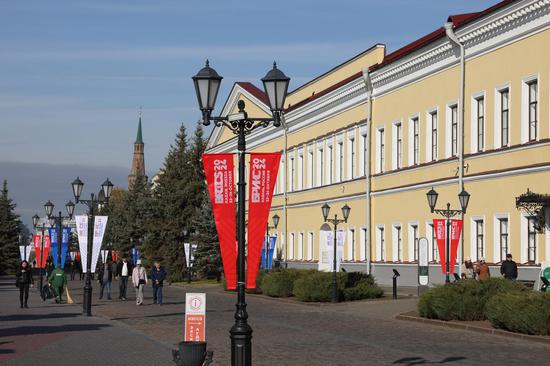

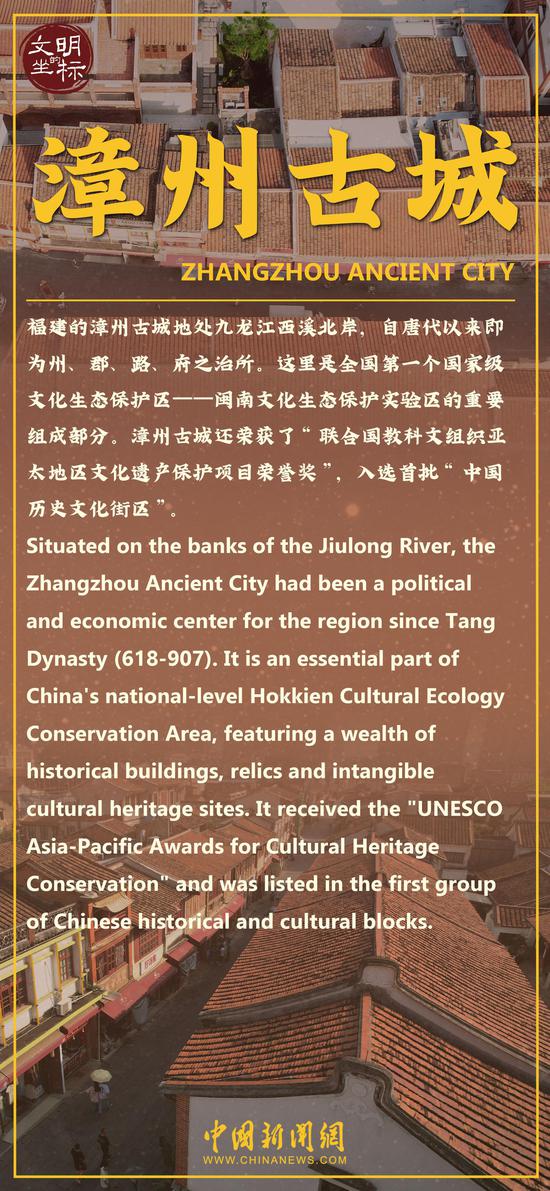

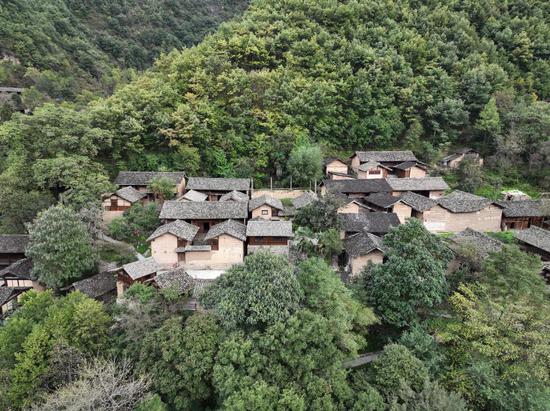

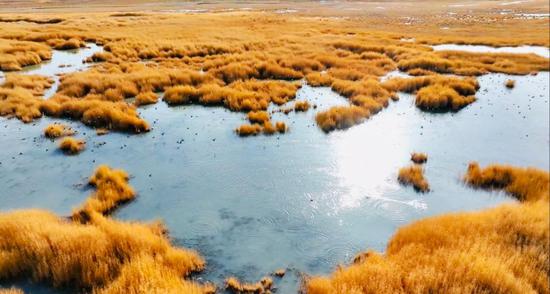
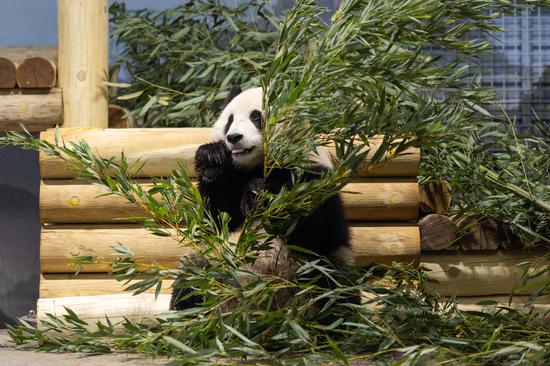
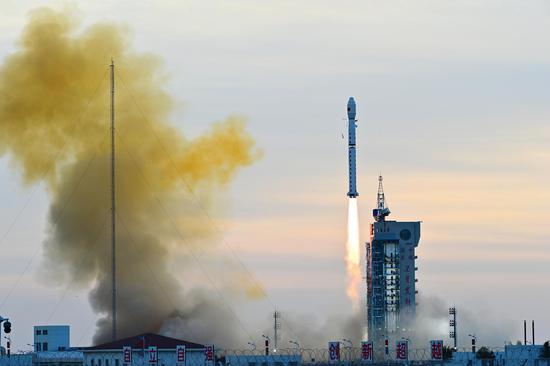
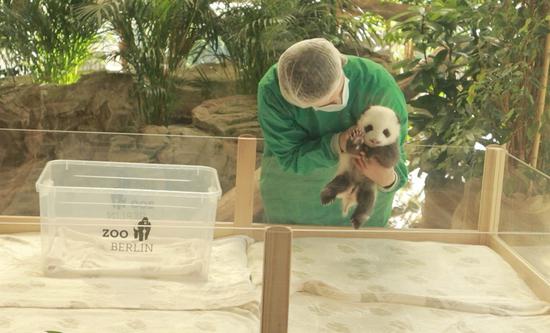
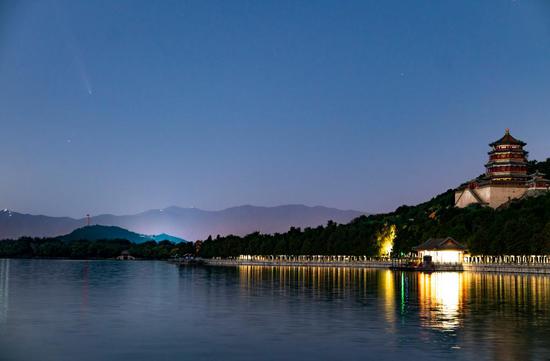


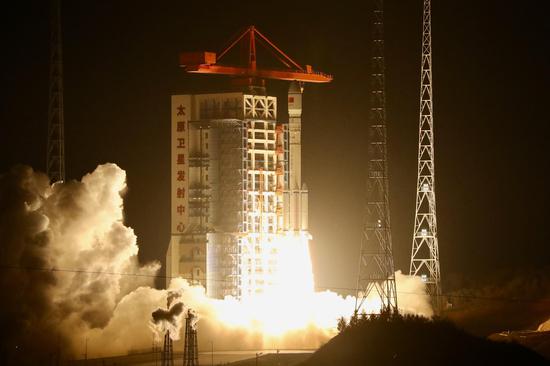
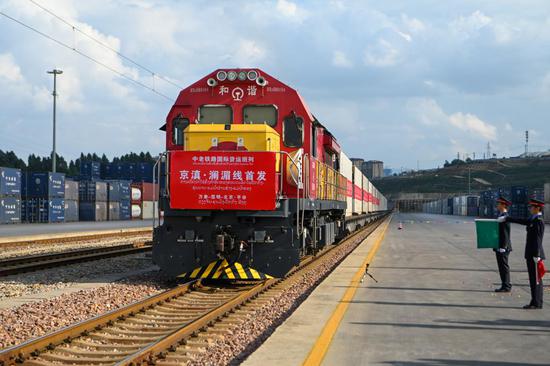

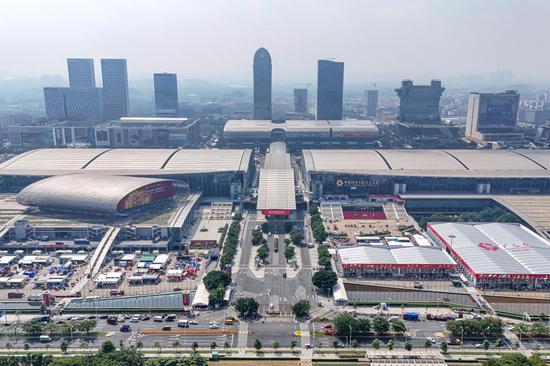



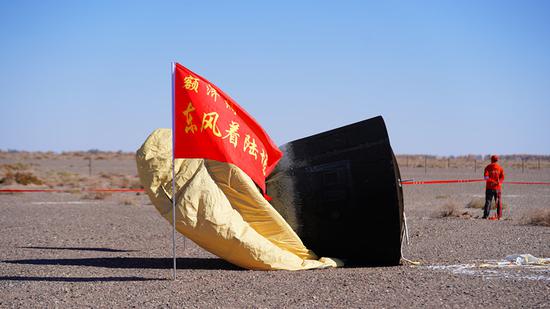
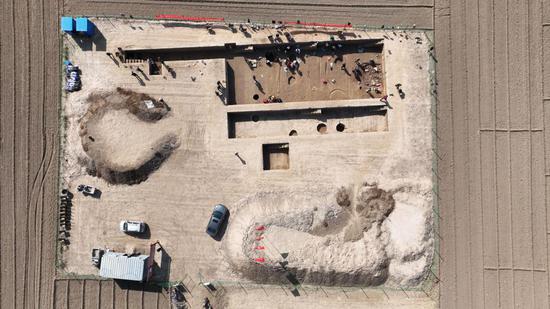
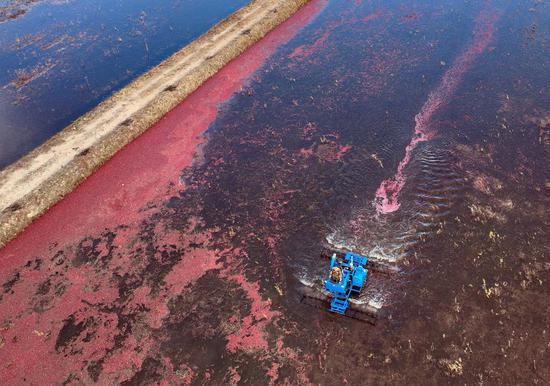

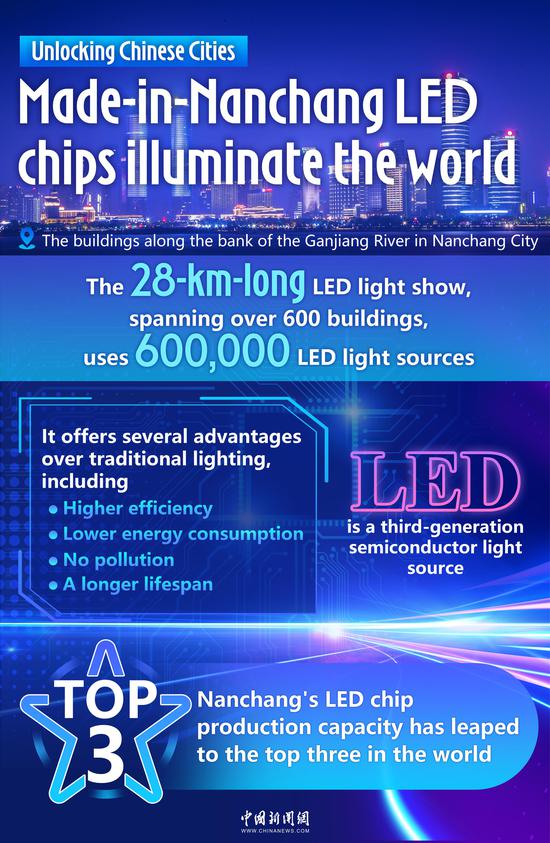
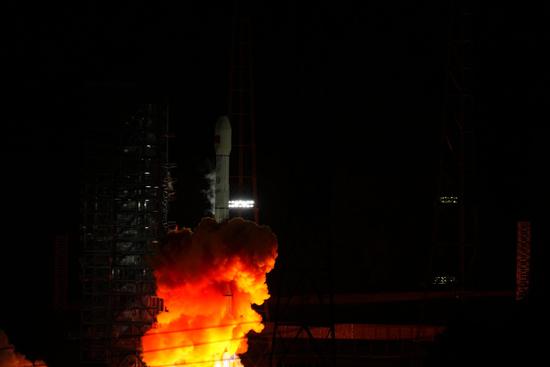

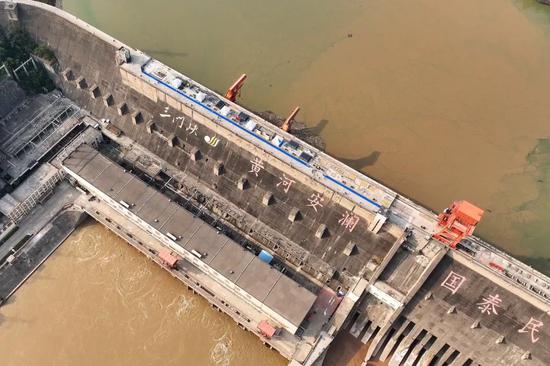
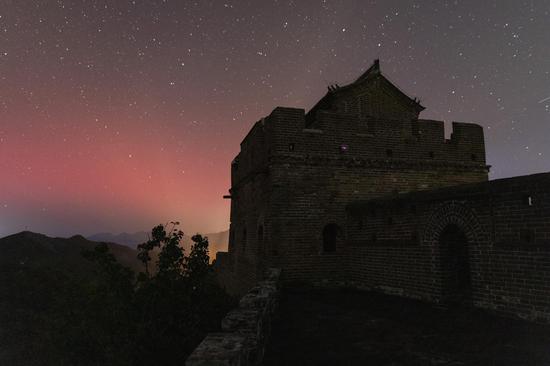
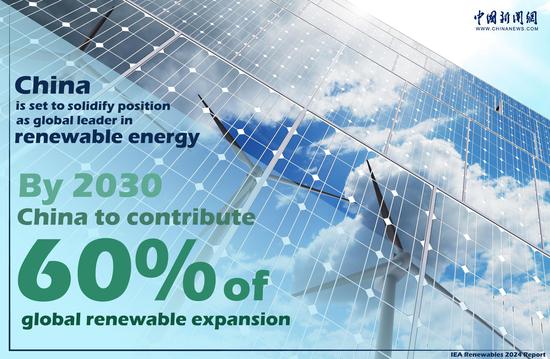

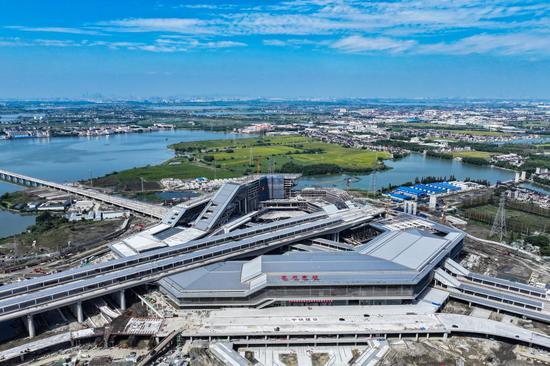

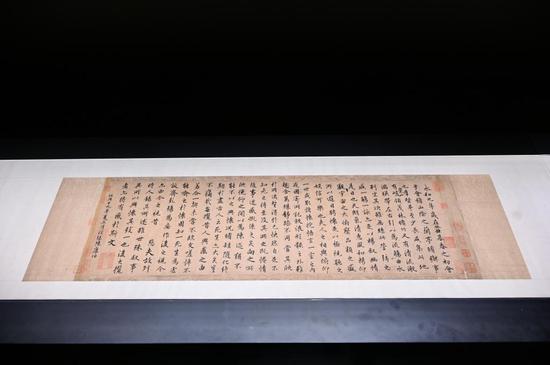



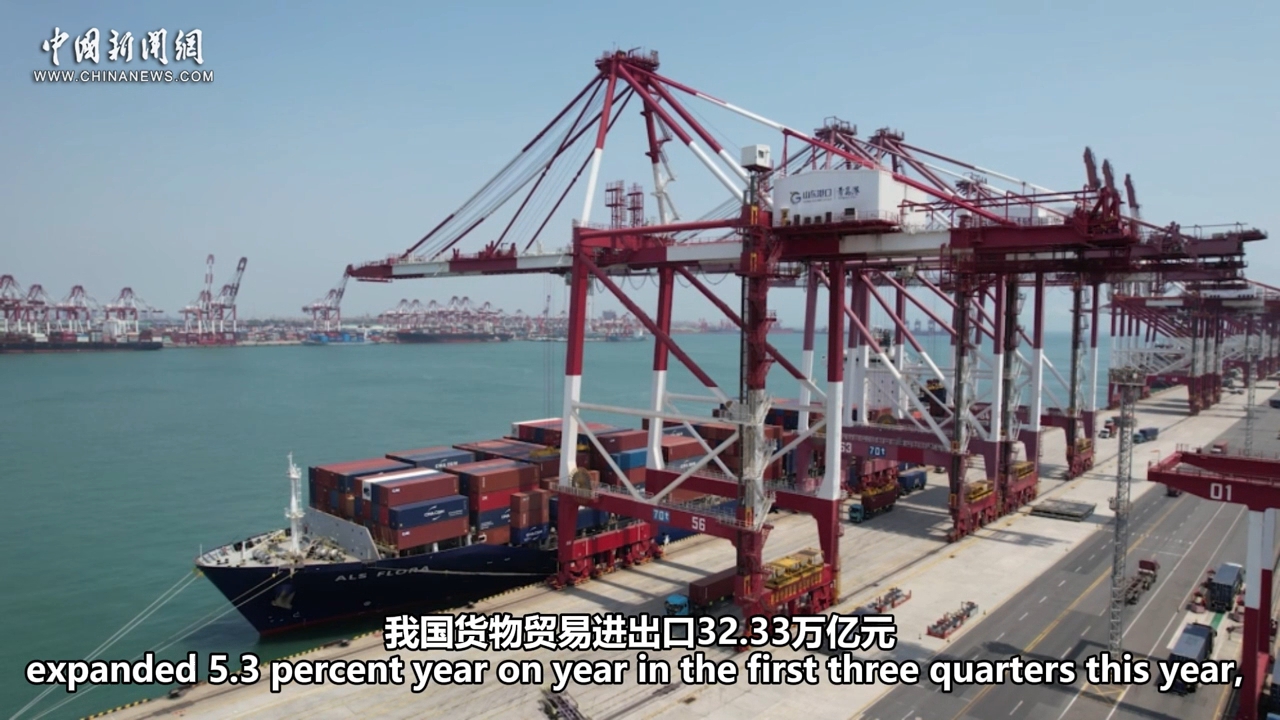



 京公網安備 11010202009201號
京公網安備 11010202009201號